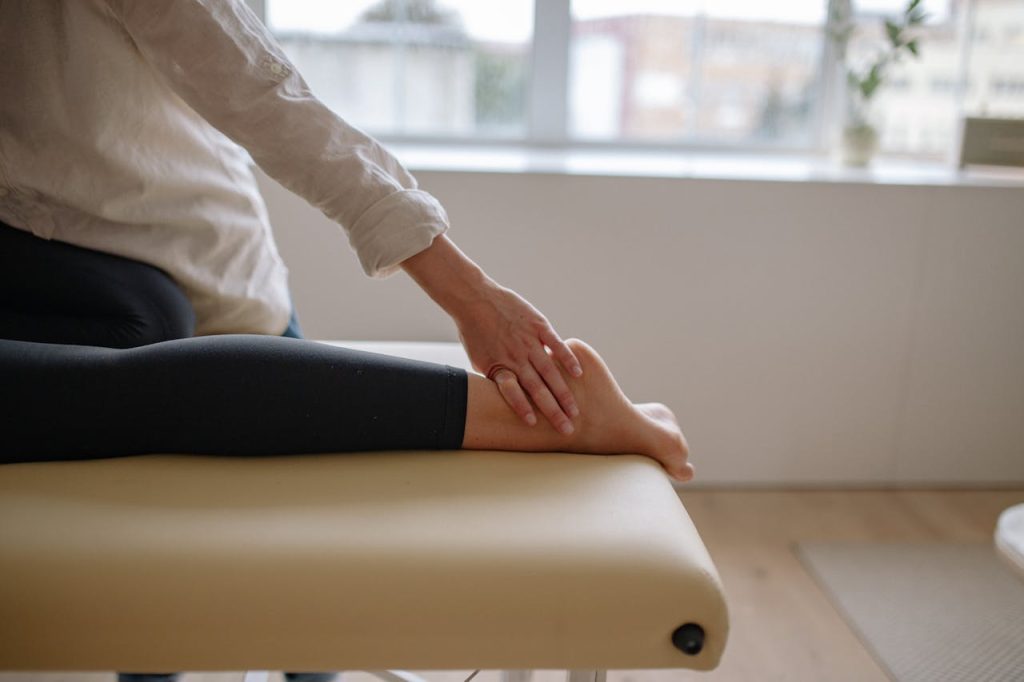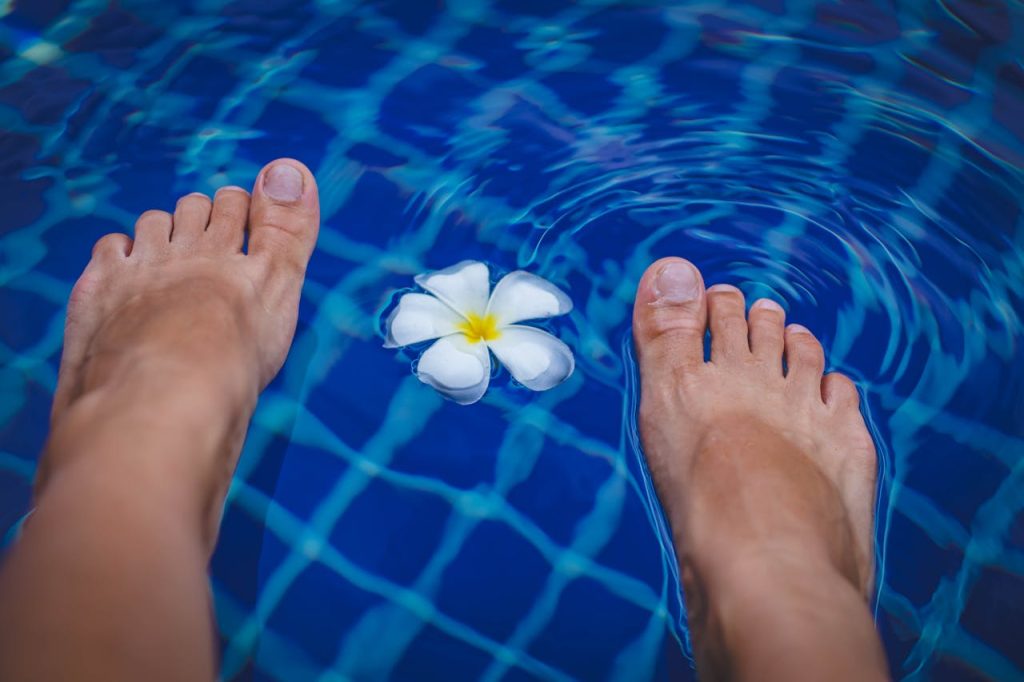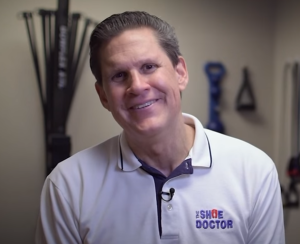Did you know that the average person takes about 8,000 to 10,000 steps a day? When it comes to maintaining foot health for active lifestyles, understanding the essentials is key for podiatry tips, smart footwear choices, sports, and strategies. From proper footwear choices to preventive measures, staying informed can make all the difference in keeping your feet happy and healthy. Whether you’re a runner, hiker, or simply always on the go, prioritizing your foot health is essential for overall well-being.
Importance Of Foot Health
Impact On Performance
Recognizing that foot health directly affects athletic performance is crucial for active individuals. Strong, healthy feet are essential for optimal balance and agility during sports activities, foot strength, foot care tips, footwear recommendations, and exercise. Discomfort or pain, especially in sports, can significantly hinder focus and decrease overall effectiveness in various physical endeavors.
Prioritizing proper warm-up routines before engaging in any physical activity is a key factor in preventing injuries. Cross-training is also beneficial as it helps distribute stress across different muscle groups, reducing the risk of overuse injuries. Being mindful of body mechanics and foot care is essential to minimize strain on the feet while exercising.
Preventing Injuries
Implementing preventive measures is vital to ensure long-term benefits for foot health. Maintaining healthy feet can lead to improved mobility and enhance the quality of life as individuals age. Strong feet are linked to a reduced risk of developing chronic conditions later in life, emphasizing the importance of proactive foot care.
Emphasize that optimal foot health is not just about avoiding immediate issues but also about securing a healthier future. Neglecting foot care can result in complications that may arise over time, underscoring the significance of regular maintenance and attention to foot hygiene.
Long-Term Benefits
- Proper warm-up routines
- Cross-training for stress distribution
- Mindful body mechanics
Daily Foot Care Routine
Cleaning And Moisturizing
Establish a regular cleaning routine to keep feet free from dirt and sweat buildup, which can lead to infections. Use a moisturizer daily to prevent dryness and cracking, especially during colder months when the skin tends to be drier. Incorporating antibacterial products into your foot care routine helps maintain hygiene and prevents infections.
Proper Nail Care:
- Trim toenails regularly to prevent ingrown nails and discomfort.
- File sharp edges to avoid snags and injuries in footwear.
- Monitor for signs of fungal infections or discoloration, indicating potential health issues.
Regular Inspections:
- Conduct self-examinations of feet to identify any abnormalities or changes.
- Look for blisters, calluses, or skin irritations, as well as foot injuries that may require attention.
- Schedule professional foot assessments to catch potential problems early.
Choosing The Right Footwear
Shoe Fit And Comfort
When it comes to smart footwear choices, start by measuring feet regularly to ensure the shoes fit correctly. Over time, foot dimensions can change, affecting the fit. Test shoes for comfort by walking around before purchasing to prevent discomfort later on. Ensure that the shoes accommodate your foot shape and provide enough space for your toes.
- Regularly measure feet for the correct shoe size
- Test shoes by walking to check the comfort
- Choose shoes that fit your foot shape and offer toe space
Support And Cushioning
To maintain resilient feet, prioritize shoes with built-in arch support for proper alignment. Look for footwear with cushioned insoles to absorb impact and reduce stress on your feet. If you experience chronic discomfort or have specific foot conditions, consider using orthotic inserts for additional support.
- Prioritize shoes with arch support
- Opt for cushioned insoles to reduce impact
- Consider orthotic inserts for chronic discomfort
Material And Breathability
When selecting footwear, opt for materials that enhance airflow and reduce moisture buildup to keep your feet healthy. Avoid synthetic materials that trap heat, causing discomfort. Look for shoes that balance durability with lightweight construction, especially for active use.
- Choose breathable materials for airflow
- Avoid synthetics that trap heat
- Balance durability and lightweight construction
Selecting The Right Socks
Fabric Choices
When it comes to fabric choices, opt for materials that wick away moisture effectively. This feature is crucial to keeping your feet dry and comfortable during intense physical activities. Seamless designs are also essential as they minimize friction, reducing the risk of developing painful blisters. Consider selecting socks made from antimicrobial fabrics to combat odor and maintain a fresh feeling throughout the day.
Moisture-Wicking Features
Identify footwear with moisture-wicking properties to enhance overall comfort during workouts or sports. This feature helps in keeping your feet dry by drawing sweat away from the skin, preventing discomfort and potential fungal infections. It’s equally important to choose moisture-wicking socks to complement your footwear selection. Remember to rotate your shoes regularly to allow them to dry out completely between uses, reducing dampness and the likelihood of bacterial growth.
Proper Fit
Ensuring the proper fit of both your shoes and socks is essential for foot health during physical activities. Shoes should fit snugly but not too tight, allowing for natural movement of the foot without causing discomfort or rubbing. Pay attention to the toe box area; there should be ample room to prevent pinching or constriction while you are active. Remember that over time, materials can stretch or compress, affecting the fit of your footwear. Therefore, it’s advisable to reassess the fit after prolonged use to ensure optimal comfort and support.
Common Foot Problems
Plantar Fasciitis
Plantar fasciitis manifests through heel pain and stiffness, indicating this common foot ailment. Engage in stretching and strengthening exercises focusing on the plantar fascia to alleviate symptoms. Seek guidance from a healthcare professional for personalized treatment options if discomfort persists.
Bunions
Identify bunions by the presence of a bump on the side of the foot near the big toe, signifying this foot condition. Explore non-surgical remedies like custom orthotics to relieve pressure on the affected area. Consult with a specialist to discuss surgical interventions if bunions lead to substantial pain or mobility constraints.
Athlete’s Foot
Recognize athlete’s foot by symptoms such as itching, redness, and peeling skin, characteristic of this foot ailment. Maintain good foot hygiene practices to prevent the spread of the fungal infection. Adhere to antifungal treatments as prescribed to effectively manage and alleviate symptoms.

Preventing Sports-Related Injuries
Warm-Up Exercises
Engage in dynamic warm-up exercises before sports activities to prevent injuries. Perform ankle circles and toe taps to boost blood circulation. Allocate 5-10 minutes for a thorough warm-up session to prime your feet and ankles.
Stretching Techniques
Enhance flexibility with static and dynamic stretches focusing on the feet and legs. Target areas like calves, Achilles tendons, and arches for optimal results. Hold each stretch for 15-30 seconds to enhance muscle elasticity and minimize the risk of injuries.
Strengthening Exercises
Incorporate foot-specific strengthening routines to enhance resilience during physical activities. Utilize resistance bands for exercises such as toe flexion and extension. Consistent practice is key to witnessing improvements in foot strength and stability.
Foot Exercises For Active Lifestyles
Stretching Routines
Develop a comprehensive stretching routine that targets the major muscle groups in your feet and legs. Incorporate exercises like calf stretches, toe touches, and ankle circles to improve flexibility. Perform these stretches post-activity to aid in recovery and prevent muscle tightness.
Regularly practicing stretching routines helps maintain flexibility in the feet, reducing the risk of injuries. Make sure to hold each stretch for about 15-30 seconds without bouncing to avoid straining the muscles. Stretching sessions should be done at least three times a week to see significant improvements.
Strengthening Workouts
Design workouts that focus on enhancing foot strength through balance and stability exercises. Activities such as single-leg stands, heel raises, and toe curls help strengthen the intrinsic muscles of the feet. These exercises also improve overall balance and coordination.
Incorporate progressive overload by gradually increasing the intensity and duration of your strengthening workouts. Challenge yourself with resistance bands or unstable surfaces to further engage the foot muscles. Consistency is key to building endurance and preventing common foot problems.
Flexibility Drills
Engage in flexibility drills that target the range of motion in your feet and ankles. Perform exercises like ankle rotations, plantar fascia stretches, and Achilles tendon stretches to improve flexibility. Utilize tools such as foam rollers or massage balls to enhance deep tissue release.
Consider integrating yoga or Pilates into your routine to enhance overall flexibility and body awareness. These practices not only improve flexibility but also promote relaxation and stress relief. Focus on controlled movements and proper breathing techniques for maximum benefits.
When To Seek Professional Help
Persistent Pain
Address any persistent foot pain by evaluating footwear and activity levels. Keep a pain diary to track symptoms and identify potential triggers. Seeking medical advice for ongoing pain is crucial to rule out serious conditions.
Visible Deformities
Monitor for visible deformities in the feet, such as swelling or unusual shapes. Document changes and consult a healthcare provider for assessment and guidance. Early intervention can prevent further complications.
Chronic Conditions
Recognize that chronic conditions like diabetes can significantly affect foot health. Implement regular foot care routines to mitigate risks associated with chronic illnesses. Collaborate with healthcare professionals to develop personalized foot health strategies.
Closing Thoughts
Taking care of your feet is crucial for maintaining an active lifestyle. By following a daily foot care routine, choosing the right footwear and socks, being aware of common foot problems, and practicing preventive measures against sports-related injuries, you can ensure your feet stay healthy and happy. Incorporating foot exercises into your routine and knowing when to seek professional help are key steps in safeguarding your foot health.
Investing time and effort in caring for your feet now will pay off in the long run by allowing you to continue enjoying your active lifestyle without hindrance. Remember, your feet are the foundation of your mobility, so prioritize their well-being to keep moving forward with confidence and comfort.
Frequently Asked Questions
1. What Is The Importance Of Foot Health For Active Individuals?
Foot health is crucial for active lifestyles as it impacts performance and prevents injuries. Proper care ensures stability, balance, and comfort during physical activities.
2. How Can I Maintain A Daily Foot Care Routine?
Establish a routine that includes washing your feet, moisturizing, inspecting for any issues like cuts or blisters, trimming nails properly, and wearing clean socks and shoes.
3. Why Is Choosing The Right Footwear Essential For Foot Health?
Selecting appropriate footwear provides support, cushioning, and stability, reducing the risk of injuries like sprains or strains. It also ensures proper alignment and comfort during various activities.
4. What Role Do Socks Play In Maintaining Foot Health?
ks help in moisture-wicking, preventing blisters, and providing additional cushioning. Choose socks made from breathable materials to keep your feet dry and comfortable during workouts.
5. How Can Foot Exercises Benefit Individuals With Active Lifestyles?
Foot exercises improve strength, flexibility, and stability, reducing the likelihood of injuries. They also enhance overall performance in sports and physical activities by promoting better balance and agility.
Enhance Foot Health With Custom Orthotics From The Shoe Doctor!
Are you dealing with foot pain that disrupts your daily life? Proper foot health is essential, and custom orthotics tailored specifically to your needs can be the solution. These personalized orthotics not only alleviate foot pain but also improve your posture and overall well-being.
At The Shoe Doctor, we bring over twenty years of expertise in crafting custom orthotics designed to support optimal foot health. Our mission is to provide orthotics that relieve discomfort, offer essential support, and enhance stability with every step.
Russell, our dedicated specialist, ensures that your orthotics are perfectly fitted to your feet using precise 3D foot mappings and state-of-the-art technology. By partnering with the Spine & Injury Medical Center in San Jose, California, we adopt a holistic approach to address foot health challenges comprehensively.
Ready to improve your foot health? If you’re in the South San Francisco Bay Area, The Shoe Doctor is your go-to destination for custom orthotics designed to enhance foot health and improve your quality of life. Begin your journey to healthier feet with a complimentary initial consultation.
Don’t wait—schedule your consultation today and experience the benefits of custom orthotics with The Shoe Doctor!
Disclaimer
The materials available on this website are for informational and entertainment purposes only and not to provide medical advice. You should contact your doctor to obtain advice concerning any particular issue or problem. You should not act or refrain from acting based on any content included in this site without seeking medical or other professional advice. The information presented on this website may not reflect the most current medical developments. No action should be taken in reliance on the information contained on this website and we disclaim all liability for actions taken or not taken based on any or all of the contents of this site to the fullest extent permitted by law.


